The Qingming Festival, also known as Tomb-Sweeping Day, holds profound cultural significance in Chinese tradition, serving as a time for families to pay respects to their ancestors by visiting graves, tidying burial sites, and offering tributes, including a variety of traditional foods associated with the festival. Among these cherished Chinese Qingming Festival foods, one standout delicacy is Qingtuan, affectionately known as “green rice balls.” These delectable treats consist of glutinous rice filled with either sweet bean paste or sesame paste, encased in aromatic leaves like reed or bamboo, and delicately steamed. The vibrant green hue of Qingtuan, derived from the leaves, symbolizes the rebirth and renewal synonymous with the arrival of spring, encapsulating the essence of the season and the festival itself. During the Qingming Festival, in addition to Qingtuan, crispy cakes and a special festival drink are also cherished culinary delights. Crispy cakes, with their crunchy exterior and sweet fillings, symbolize prosperity and happiness, adding a delightful crunch to the festival celebrations. The festival drink, often a fragrant tea or herbal infusion, serves as a refreshing accompaniment to these traditional treats, enhancing the overall festive experience with its unique flavors and aromas. Together, Qingtuan, crispy cakes, and the festival drink create a culinary ensemble that not only satisfies the palate but also embodies the spirit of the Qingming Festival—a time of remembrance, renewal, and the celebration of ancestral heritage.

What are the benefits of Qingtuan?
Qingtuan, a beloved traditional Chinese delicacy, not only delights the palate but also offers a host of health benefits. Crafted from a harmonious blend of ingredients, this treat serves as a nutritious powerhouse. Glutinous rice forms the base of Qingtuan, providing a source of carbohydrates essential for energy, aiding in digestion, and contributing to satiety, thereby supporting weight management. Infused with Chinese mugwort or barley grass, Qingtuan becomes a treasure trove of vitamins A and C, along with iron, benefiting vision, immune function, collagen production, and red blood cell formation. The addition of red bean paste enriches this treat with protein for muscle repair and growth, as well as fiber for optimal digestion and blood sugar regulation.
Furthermore, Qingtuan is replete with antioxidants derived from mugwort and barley grass, which play a crucial role in shielding the body from oxidative stress and inflammation, promoting overall well-being. Beyond its nutritional prowess, Qingtuan holds deep cultural significance. Enjoying this treat during festivities like Qingming serves as a bridge to one’s cultural heritage, fostering a sense of tradition and community among individuals. In essence, Qingtuan stands out as a nutritious delight, combining energy-providing ingredients, essential vitamins and minerals, and antioxidants—all while paying homage to cultural traditions. This culinary gem embodies a perfect union of health, tradition, and celebration, making it a cherished delicacy that nourishes both body and soul.

Step into kitchen right now!!! Let’s try Qingtuan together!!!
Step 1: Prepare the Dough
In a large bowl, mix the glutinous rice flour, rice flour, wheat starch (or cornstarch), and sugar. Gradually add the warm water and mugwort juice (or matcha mixture) while stirring to form a smooth dough. The dough should be soft but not sticky. Adjust the water quantity if needed. Add the vegetable oil and knead the dough until it becomes smooth and elastic.
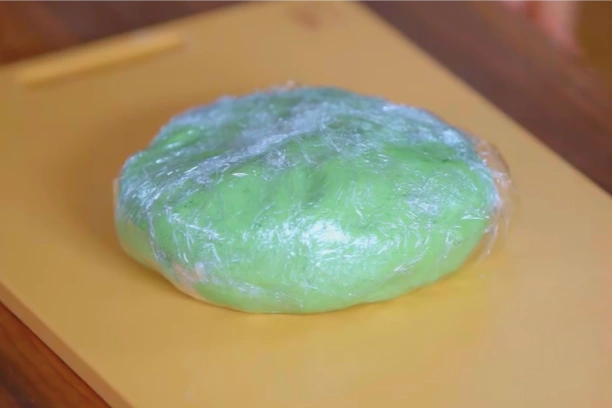
Step 2: Divide the Dough
Divide the dough into equal-sized portions, about 10-12 pieces. Roll each piece into a ball and flatten it into a disc with your palm.

Step 3: Add the Filling
Place a small spoonful of red bean paste in the center of each dough disc. Carefully wrap the dough around the filling, pinching the edges to seal it completely. Roll it gently between your palms to form a smooth ball.
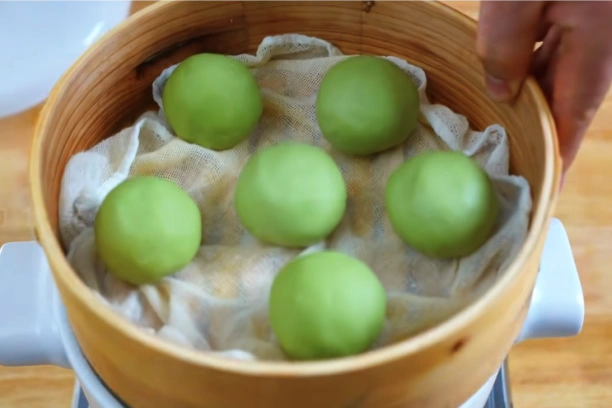
Step 4: Steam the Qingtuan
Prepare a steamer by lining it with parchment paper or lightly greasing it to prevent sticking. Place the Qingtuan balls in the steamer, leaving some space between each ball. Steam over medium-high heat for about 10-15 minutes, or until the dough becomes translucent and slightly shiny.
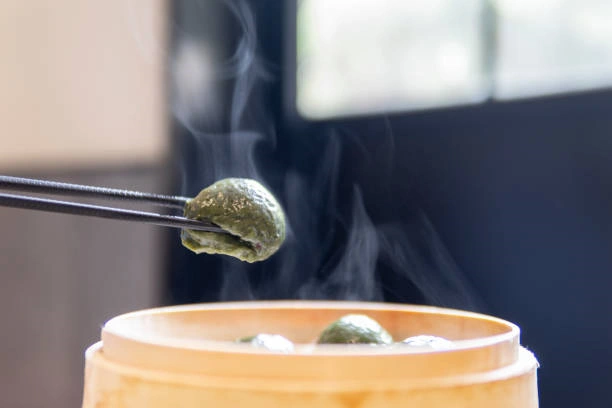
Step 5: Cool and Serve
Remove the Qingtuan from the steamer and let them cool slightly before serving. Enjoy them warm or at room temperature.

Some tips for making Qingtuan:
-
Mastering the Dough:
Making the perfect qingtuan requires mastering the dough. Use glutinous rice flour for a chewy texture, and knead the dough until it is soft and smooth. Be sure to add enough water to ensure the dough sticks together and retains its shape when formed. You can also add pandan leaves extract or food coloring to the dough for an attractive hue.
-
Proper Filling Preparation:
The filling is another essential component of qingtuan. For a traditional taste, mix a combination of sweet green bean paste, sugar, and coconut flakes or desiccated coconut. Use a spoonful of the mixture to form a small ball and set aside. Remember not to overstuff the dough with the filling, as this can cause it to break and spill out during cooking.
-
Cooking Techniques:
To get the perfect texture and taste, pay attention to cooking techniques. Boil the qingtuan in a pot of boiling water for about 5-8 minutes, or until they float to the surface. Alternatively, you can steam them for about 10-15 minutes. After cooking, roll them in mashed mung beans, sesame seeds or desiccated coconut, for a flavor enhancement and decorative effect.

We celebrate more than just a dish; we honor a timeless tradition steeped in cultural significance and culinary artistry. This delicate, jade-green treat encapsulates the essence of spring, with its tender, chewy exterior made from glutinous rice flour and its sweet, fragrant filling that delights the senses. Qingtuan is more than just a seasonal delicacy; it’s a symbol of renewal and the rich tapestry of Chinese culinary heritage. The process of crafting Qingtuan, from blending the vibrant green mugwort with the dough to carefully wrapping the sweet filling, embodies a ritual of care and artistry that has been passed down through generations. The result is a harmonious balance of textures and flavors—a subtle sweetness encased in a soft, aromatic wrapper.
If you want more information on food and recipes, keep following bygoody!!
Print
Savoring Tradition: Delicious Dishes for Qingming Festival
- Total Time: 30minutes
Description
The Qingming Festival, also known as Tomb-Sweeping Day, is a significant occasion in Chinese culture where families honor their ancestors by visiting their graves, cleaning the burial sites, and offering food and other tributes. Traditional foods play a central role in this commemoration, symbolizing respect, remembrance, and the continuity of familial ties across generations.
One of the most iconic dishes associated with the Qingming Festival is Qingtuan, also known as “green rice balls.” These glutinous rice balls are filled with sweet bean paste or sesame paste and wrapped in fragrant leaves, such as reed or bamboo leaves, then steamed to perfection. Qingtuan’s vibrant green color, derived from the leaves, symbolizes the arrival of spring and renewal.
Ingredients
For the Dough:
- 1 cup glutinous rice flour
- 1/4 cup rice flour
- 1/4 cup wheat starch (or cornstarch)
- 1/4 cup sugar
- 2 tablespoons vegetable oil
- 1/2 cup warm water (adjust as needed)
- 1/2 cup fresh mugwort juice (or 1 teaspoon mugwort powder mixed with water) (Note: If you can’t find mugwort, you can use matcha powder for a green color and slight flavor variation.)
For the Filling:
- 1 cup sweet red bean paste (store-bought or homemade)
Instructions
Step 1:Prepare the Dough
- In a large bowl, mix the glutinous rice flour, rice flour, wheat starch (or cornstarch), and sugar.
- Gradually add the warm water and mugwort juice (or matcha mixture) while stirring to form a smooth dough. The dough should be soft but not sticky. Adjust the water quantity if needed.
- Add the vegetable oil and knead the dough until it becomes smooth and elastic.
Step 2:Divide the Dough
- Divide the dough into equal-sized portions, about 10-12 pieces.
- Roll each piece into a ball and flatten it into a disc with your palm.
Step 3:Add the Filling
- Place a small spoonful of red bean paste in the center of each dough disc.
- Carefully wrap the dough around the filling, pinching the edges to seal it completely. Roll it gently between your palms to form a smooth ball.
Step 4:Steam the Qingtuan
- Prepare a steamer by lining it with parchment paper or lightly greasing it to prevent sticking.
- Place the Qingtuan balls in the steamer, leaving some space between each ball.
- Steam over medium-high heat for about 10-15 minutes, or until the dough becomes translucent and slightly shiny.
Step 5:Cool and Serve
- Remove the Qingtuan from the steamer and let them cool slightly before serving.
- Enjoy them warm or at room temperature.
Equipment

300 Vegan/Plant Based Recipe Cook Book
Buy Now →
Plant Based Cookbook – 200 Vegan Recipes
Buy Now →
Make 75% commission with Cooking Tips!
Buy Now → Buy Now →
Buy Now → 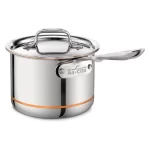
All-Clad Copper Core 5-Ply Stainless Steel Sauce Pan
Buy Now →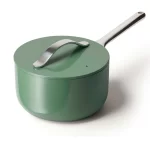
Caraway Nonstick Ceramic Sauce Pan
Buy Now →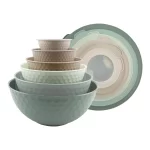
COOK WITH COLOR Mixing Bowls with Lids
Buy Now →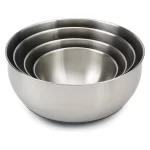
Joseph Joseph Nest 100 Prep & Store Mixing Bowl Set
Buy Now →Notes
- Mugwort juice gives Qingtuan its distinctive green color and slightly bitter taste. If using fresh mugwort, blend the leaves with a small amount of water and strain to obtain the juice.
- You can experiment with other fillings, such as sesame paste or peanut paste, for a different flavor.
- Qingtuan can be stored in an airtight container at room temperature for a day or in the refrigerator for up to three days. Reheat them by steaming for a few minutes before serving.
- Prep Time: 15minutes
- Cook Time: 15minutes
- Category: RECIPE
-
How to achieve the perfect balance of chewiness and tenderness in Qingtuan?
Knead the dough thoroughly to develop gluten for a chewy texture. Steam the Qingtuan over medium heat for the right amount of time to ensure a tender interior while maintaining a slightly sticky exterior.
-
How can you enhance the flavor of Qingtuan with fillings and toppings?
Experiment with various fillings like sweet red bean paste, sesame paste, or coconut flakes. Enhance the taste by sprinkling a mixture of sugar and crushed peanuts on top before serving for added texture and flavor.
-
How can you ensure the vibrant green color of Qingtuan stays bright and appealing?
Use fresh pandan juice or extract for a natural green color. Avoid overcooking the dough to retain the bright hue. Serve the Qingtuan immediately after cooking to showcase its vibrant green appearance.





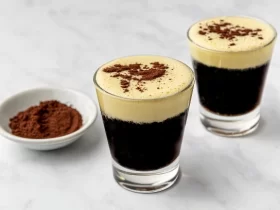
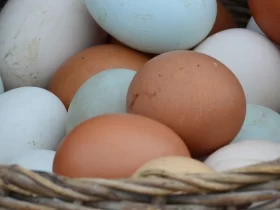
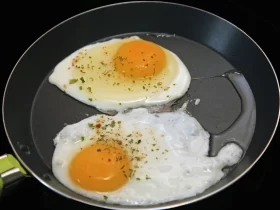
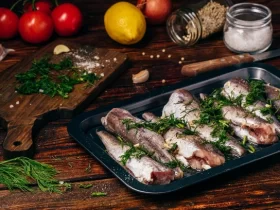
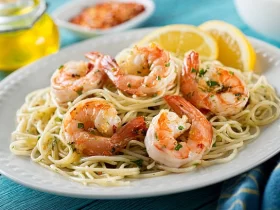

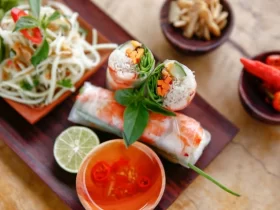
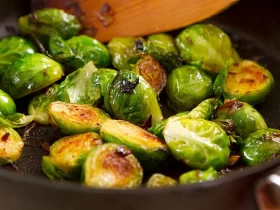

Leave a Reply